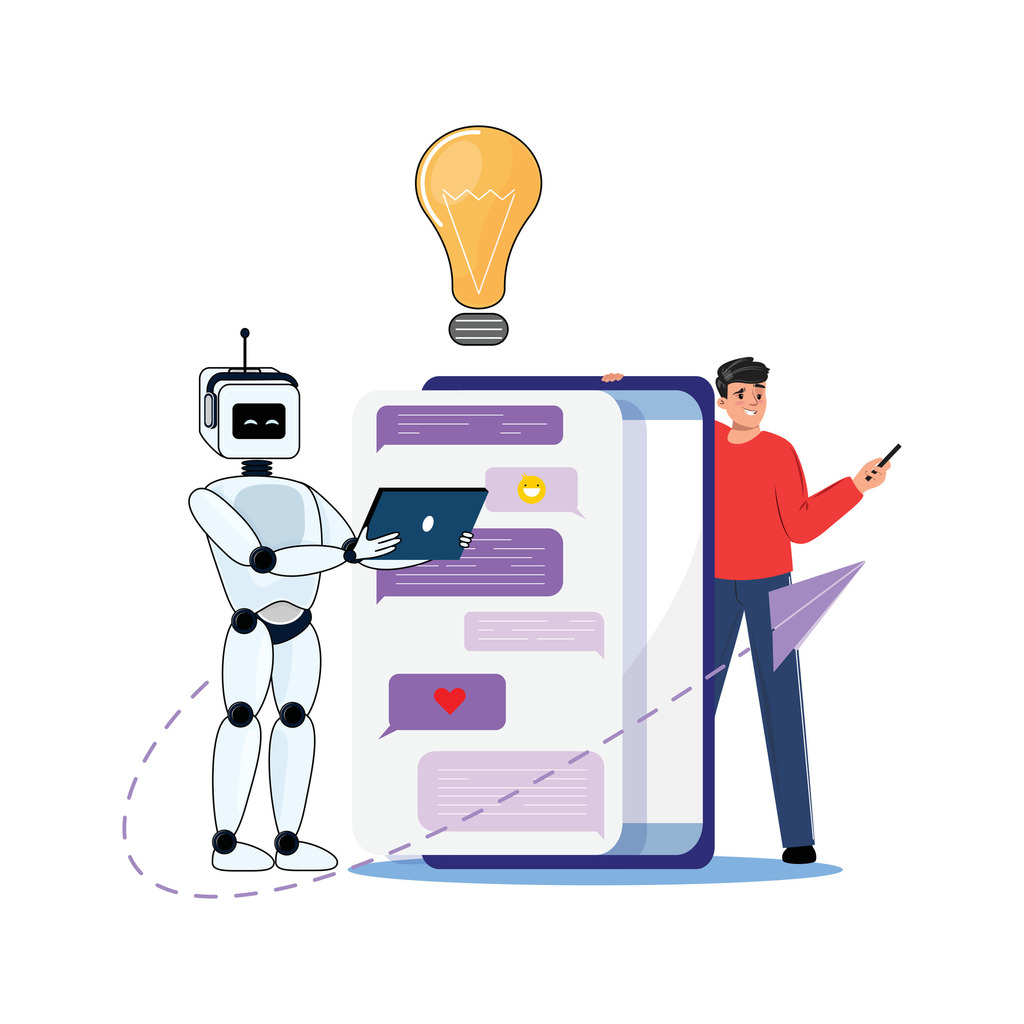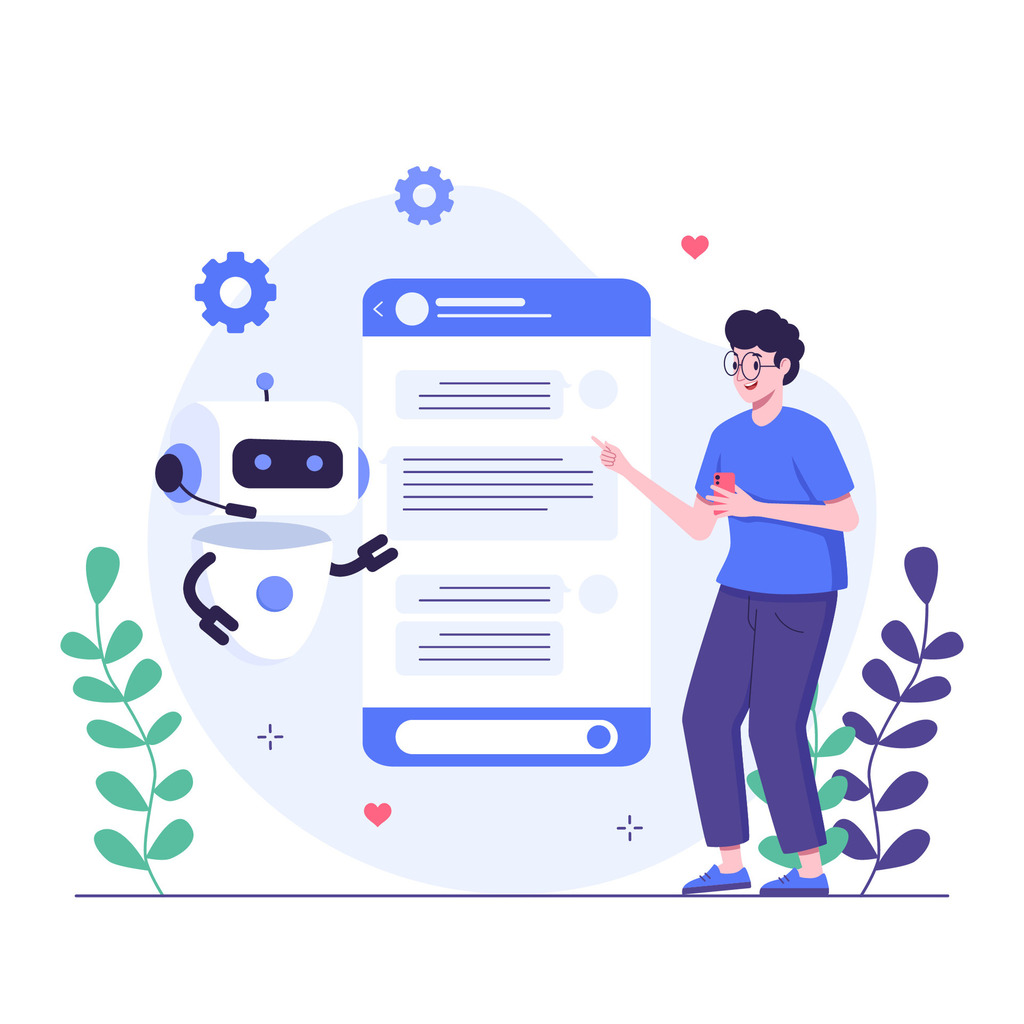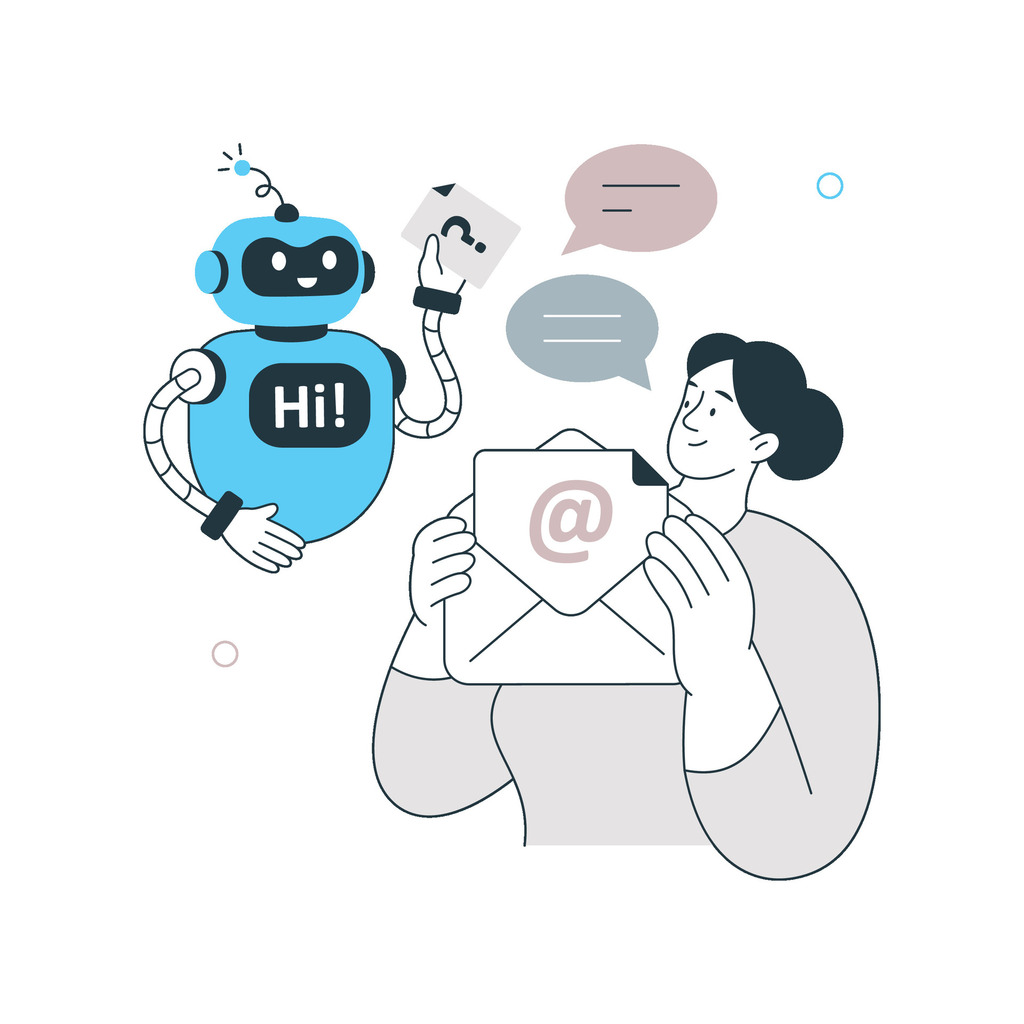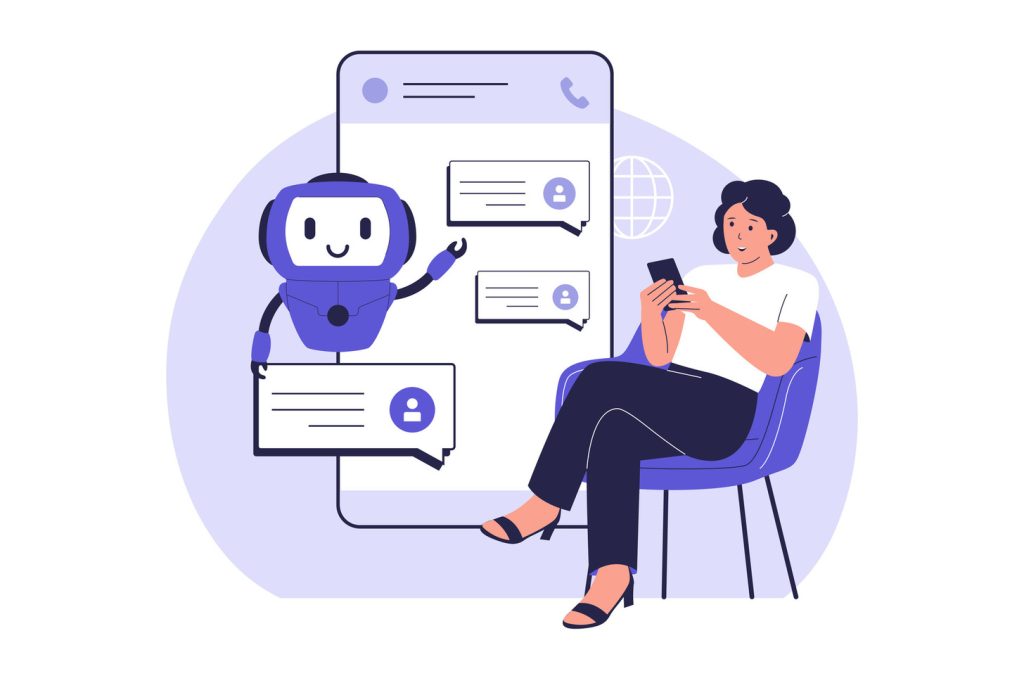Top AI Chat Bot Solutions for Business Efficiency

Modern enterprises face growing demands for instant customer engagement and operational agility. Advanced conversational platforms now deliver personalized interactions that mirror human understanding, transforming how companies connect with audiences. These tools analyze context, adapt to communication styles, and resolve complex inquiries – all while reducing reliance on manual processes.
Recent data shows 85% of executives expect generative technology to handle direct customer interactions within two years. This shift reflects the proven value of intelligent systems in scaling support capabilities. Businesses leveraging these next-generation solutions report faster response times and measurable improvements in satisfaction rates, often exceeding 30%.
The evolution from rigid, script-based systems to adaptive platforms enables 24/7 service without expanding support teams. Organizations achieve this by integrating enterprise-grade tools that unify workflows across departments. For example, pairing conversational systems with CRM automation creates seamless handoffs between self-service and human agents.
Strategic implementation drives tangible ROI through three key areas: reduced operational costs, higher lead conversion rates, and improved customer retention. Early adopters see support expenses drop by up to 45% while maintaining service quality. These platforms also provide actionable insights through conversation analytics, helping teams refine their engagement strategies.
Key Takeaways
- Conversational platforms reduce response times by 60% compared to traditional systems
- 85% of business leaders plan customer-facing AI interactions within 24 months
- Enterprise solutions integrate with existing tools to streamline workflows
- Advanced systems handle 70% of complex inquiries without human intervention
- Early adopters report 30%+ improvement in customer satisfaction metrics
Introduction to AI Chat Bot Solutions
Digital assistants now handle tasks from scheduling meetings to processing orders. These tools blend into daily operations, answering questions through popular platforms like WhatsApp and Slack. Their ability to manage complex conversations marks a shift from basic scripts to dynamic problem-solving.
Understanding the Rise of Intelligent Assistants
Early automated systems followed strict rules. Today’s ai-powered chatbots analyze language patterns to grasp user intent. They adapt responses based on context, making interactions feel natural. This evolution stems from advances in language processing and machine learning.
Consider these capabilities across platforms:
| Feature | Traditional Systems | Modern Solutions |
|---|---|---|
| Language Understanding | Keyword matching | Contextual analysis |
| Task Execution | Basic commands | Multi-step workflows |
| Learning Ability | Static responses | Continuous improvement |
| Integration Depth | Single-channel | Cross-platform sync |
How Conversational Tools Boost Operational Performance
Businesses using advanced systems resolve 70% of customer service inquiries automatically. This automation reduces wait times from hours to seconds. Teams redirect saved time to strategic tasks like relationship building.
Key efficiency gains include:
- 24/7 availability across time zones
- Instant access to centralized knowledge bases
- Real-time translation for global audiences
One logistics company reduced support costs by 38% while improving resolution rates. Their system handles shipment tracking and rerouting without staff involvement. This demonstrates how intelligent tools create value beyond simple Q&A.
The Evolution from Simple FAQs to Generative AI Chatbots

Early customer service automation relied on rigid systems that frustrated users. Simple FAQ tools dominated the 2000s, forcing customers to pick keywords from menus. These systems couldn’t interpret natural speech or handle unexpected questions.
Traditional Systems vs. Modern Solutions
Rule-based tools followed strict decision trees. Users had to phrase questions exactly as programmed. Modern platforms analyze sentence structure and intent through advanced language processing.
| Capability | Legacy Tools | Current Platforms |
|---|---|---|
| Input Flexibility | Exact keyword matches | Contextual interpretation |
| Error Handling | Failed with typos | Auto-corrects mistakes |
| Response Quality | Pre-written scripts | Dynamic generation |
| Learning Capacity | Manual updates | Automatic refinement |
How Language Models Transformed Interactions
Large-scale models enable systems to grasp slang and industry jargon. They maintain conversation threads across multiple exchanges. This evolution allows:
- Accurate interpretation of misspelled requests
- Personalized recommendations based on user history
- Real-time adaptation to shifting communication styles
A retail chain using these models reduced escalations by 52% last quarter. Their system now handles complex returns and warranty questions without transfers. This demonstrates the leap from basic scripts to contextual problem-solving.
Key Features to Look For in AI Chat Bot Solutions
Effective solutions combine technical sophistication with practical functionality. Businesses need tools that understand nuanced requests while executing tasks autonomously. The best platforms balance natural language processing with robust workflow integration.
Natural Language Processing and Interaction
Modern systems analyze sentence structure and emotional cues. They interpret phrases like “I need to push my meeting” as rescheduling requests. This contextual awareness stems from advanced language models trained on industry-specific data.
“The difference between frustration and resolution often lies in a system’s ability to handle implied meaning,” notes a CX industry report.
| Core Features | Advanced Features |
|---|---|
| Basic intent recognition | Multi-layered context analysis |
| Standard response library | Dynamic answer generation |
| Single-language support | Real-time translation |
Automation and Customization Capabilities
Top-tier platforms handle complex workflows like refund approvals. A retail client automated 83% of returns using rules that reference purchase history. Customization extends to:
- Brand-aligned conversation styles
- Industry-specific knowledge repositories
- Role-based access controls
Machine learning enables continuous improvement. Systems track successful resolutions to refine future interactions. This creates self-optimizing workflows that reduce training costs.
Integrating AI Chat Bots into Existing Business Systems

Modern organizations achieve maximum value when automated solutions connect with existing tech stacks. Leading platforms now sync with CRMs, productivity suites, and inventory databases. This creates unified environments where data flows freely across departments.
Connecting Digital Assistants to Core Operations
Enterprise-grade systems eliminate data silos through pre-built connectors. A shipping company integrated their solution with Salesforce, cutting order lookup times by 73%. Real-time synchronization ensures customer profiles update automatically during interactions.
| Legacy Integration | Modern Approach |
|---|---|
| Manual data transfers | Automated API connections |
| Limited app compatibility | Cross-platform workflows |
| Delayed updates | Live system synchronization |
Teams using Microsoft365 report 68% faster project coordination through embedded tools. Employees request files, schedule meetings, and track deadlines via natural conversations. This reduces app-switching fatigue and keeps workflows centralized.
“Organizations using connected systems resolve customer issues 40% faster than those with isolated tools,” states a 2024 workflow automation study.
Key integration benefits include:
- Automatic ticket creation in help desk software
- Instant inventory checks during customer calls
- Payment processing through secure gateways
API-driven platforms pull data from multiple sources simultaneously. This allows accurate responses about stock levels or service status without manual research. Finance teams particularly benefit from instant account balance updates during client conversations.
Enhancing Customer Experience with AI Chat Bot
Businesses now reshape engagement strategies through intelligent systems that prioritize user needs. These tools eliminate friction by providing instant access to information across multiple channels. Customers expect immediate, tailored assistance – a demand met through advanced interaction platforms.
Transforming Support Operations
Modern solutions reduce response delays from hours to seconds. A telecom company achieved 89% faster query resolution using automated systems. Key efficiency drivers include:
- Real-time translation for global audiences
- Centralized knowledge base integration
- Automatic escalation protocols
| Traditional Support | Enhanced Approach |
|---|---|
| Limited to business hours | 24/7 availability |
| Generic responses | Personalized solutions |
| Single-channel access | Omnichannel continuity |
Crafting Individualized Dialogues
Systems analyze purchase history and browsing patterns to adapt communication styles. Retailers using these capabilities report 41% higher repeat purchase rates. Personalized interactions maintain context across web chats and mobile apps.
“Companies delivering tailored experiences see 3.5x higher customer retention,” states a 2024 Forrester CX study.
Multi-modal interfaces accommodate voice commands and text inputs simultaneously. This flexibility improves accessibility while gathering actionable insights from every exchange. Continuous learning algorithms refine suggestions based on successful outcomes.
Comparing Leading AI Chat Bot Products

Enterprise teams now face critical decisions when selecting conversational platforms that align with operational needs. Five market leaders demonstrate distinct approaches to workflow integration and specialized functionality. This analysis focuses on practical applications rather than technical specifications.
Spotlight on Enterprise-Grade Solutions
ChatGPT pioneered multi-modal capabilities combining text generation with image creation and voice interactions. Its strength lies in handling diverse business requests – from drafting contracts to analyzing sales trends. A logistics firm reduced reporting time by 58% using its data interpretation features.
| Platform | Core Integration | Unique Tool | Ideal Use Case |
|---|---|---|---|
| Claude | API-driven systems | Artifacts builder | Prototype development |
| Meta | Social platforms | Image generation | Social commerce |
| Google Gemini | Workspace suite | Smart canvas | Document collaboration |
| Microsoft Copilot | Office apps | Edge integration | Research automation |
Claude’s Artifacts feature stands out for creating functional dashboards through conversation. “Teams need tools that transform ideas into executable formats during planning sessions,” explains a Gartner tech analyst report. This makes it valuable for rapid concept testing.
Meta’s solution excels in social media environments, handling Instagram inquiries while managing inventory checks. Its dual presence in standalone apps and social platforms provides omnichannel consistency.
Integration depth remains crucial. Google Gemini automates workflow triggers within Sheets and Docs, while Microsoft Copilot streamlines PowerPoint content creation. These specialized approaches let businesses choose models aligning with existing tech ecosystems.
Advancements in Natural Language Understanding and Deep Learning
Breakthroughs in computational linguistics now enable systems to interpret complex requests with human-like precision. Enterprise solutions leverage deep learning to decode regional dialects and industry-specific terminology. This evolution transforms how businesses handle customer dialogues and internal workflows.
Role of Machine Learning in Improving Accuracy
Self-optimizing platforms analyze millions of interactions to refine response patterns. A 2024 tech report states:
“Modern systems achieve 92% accuracy in intent recognition within six months of deployment.”
These tools automatically adjust to communication trends while maintaining brand voice consistency.
| Traditional Approach | Modern Capability |
|---|---|
| Manual error correction | Auto-detection of misunderstandings |
| Fixed response libraries | Dynamic answer generation |
| Quarterly updates | Real-time model refinement |
Key improvements stem from three core mechanisms:
- Contextual memory across multi-turn conversations
- Automatic slang interpretation through neural networks
- Continuous adaptation to new industry regulations
Financial institutions using these models reduced misinterpretations by 67% last year. Their systems now handle complex queries about fee structures without human oversight. This precision stems from learning algorithms that identify successful resolution patterns in historical data.
Optimizing Customer Support Workflows with AI Chatbots

Cutting-edge technology enables seamless 24/7 customer engagement without compromising quality. Modern systems handle routine inquiries while maintaining human-like understanding, freeing teams to focus on strategic priorities. This shift transforms reactive support models into proactive relationship-building engines.
Accelerating Resolution Cycles
Automated tools slash response times from hours to seconds across all channels. A telecom provider reduced average wait periods by 79% using intelligent routing that prioritizes urgent cases. Key improvements include:
Instant access to order histories and account details eliminates repetitive verification steps. Systems automatically escalate complex cases while resolving common issues in under two minutes.
Data-Driven Process Refinement
Conversation analytics reveal patterns in customer needs and service gaps. Teams use these insights to update knowledge bases and streamline workflows. One retailer boosted first-contact resolution by 43% through weekly trend analysis.
Continuous improvement algorithms identify successful interaction patterns, automatically refining response accuracy. This creates self-optimizing systems that adapt to changing consumer expectations while maintaining brand consistency.

